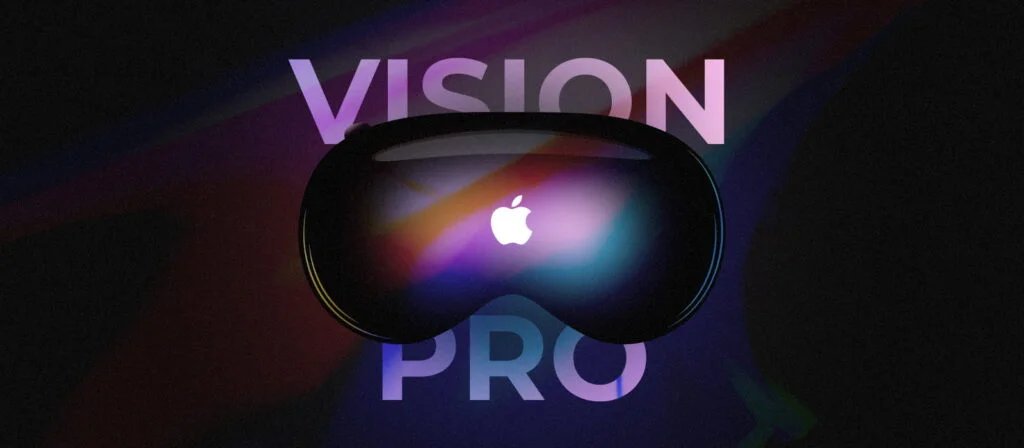In an intriguing shift, Apple has reportedly scaled back production of its first-generation Vision Pro spatial computer only months after its launch. Originally priced at a hefty AED 12,856 ($3,499), the Vision Pro’s high cost has deterred many potential buyers. This occurred despite being Apple’s flagship mixed reality device. This strategic adjustment is seen as Apple’s response to market dynamics. Plans are potentially underway for a more affordable mixed reality headset. This new headset aims at competing with companies like Meta, which offers lower-priced AR/VR devices. This news that Apple is to Discontinue Vision Pro Production is big.

Scaling Back Production: Vision Pro’s Revised Output
A recent report from The Information reveals that Apple’s Vision Products Group has “sharply scaled back” production of the Vision Pro. Sources within Apple’s supply chain have disclosed that production output may even be cut in half by the end of the year. Initially, components for up to 600,000 headsets were manufactured. However, dwindling demand has led to reduced production levels. As a result, “tens of thousands of undelivered parts” are reportedly sitting in warehouses. This reflects a notable shift from Apple’s initial production ambitions.
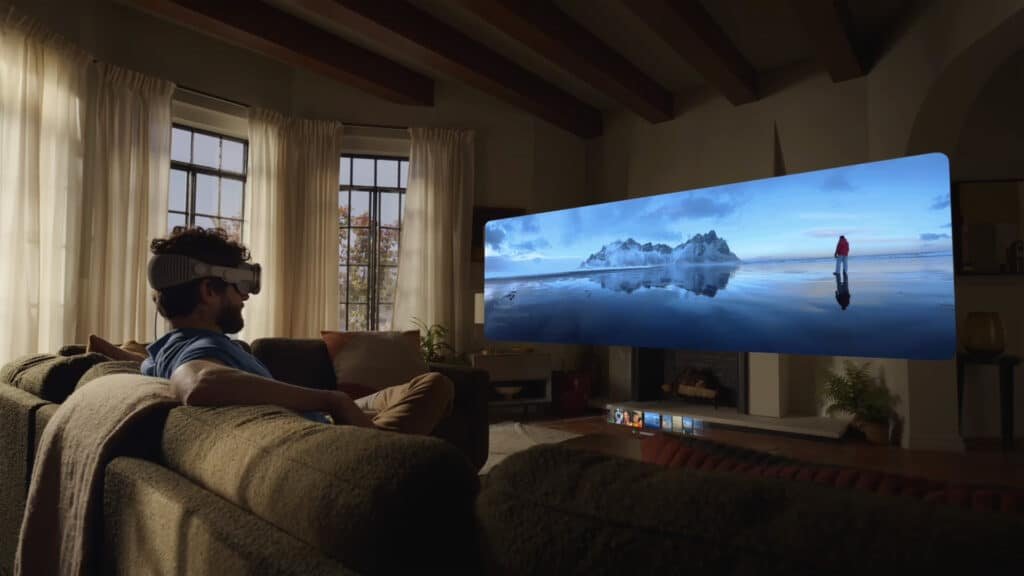
This move follows an initial surge in component manufacturing. The volume has now exceeded current demand levels. Apple’s choice to limit production while satisfying the present market demand underscores its strategic pivot. This shift is toward a more diversified product lineup within the mixed reality category.
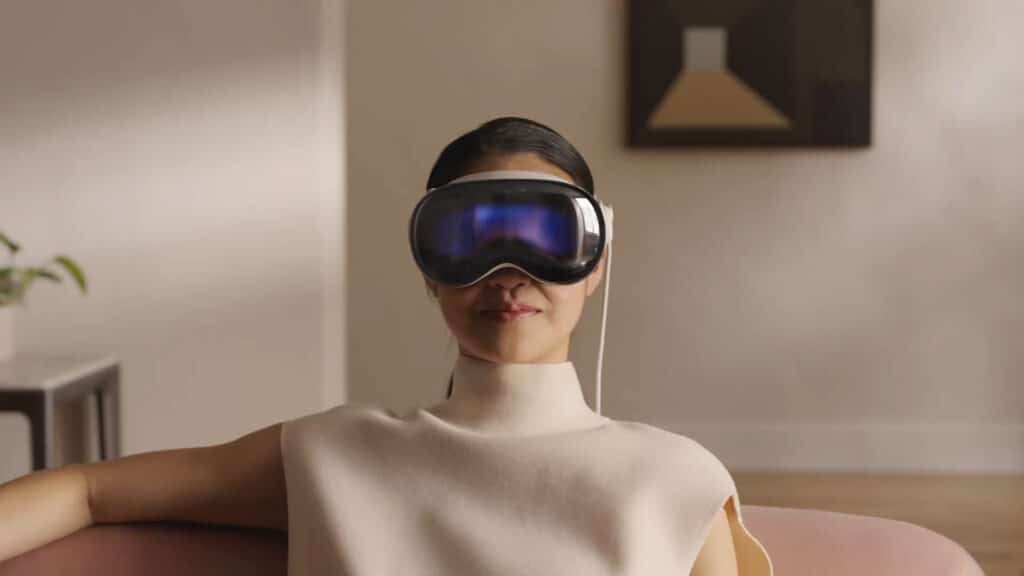
Vision Pro’s Price Barrier and Market Position
At AED 12,856 ($3,499), the Vision Pro’s steep price has positioned it within a niche segment, accessible primarily to enterprise users or tech enthusiasts. By contrast, many AR/VR competitors, such as Meta’s Quest series, provide mixed reality experiences at significantly lower price points, making them more accessible to a broader consumer base. Apple’s high-end approach has established the Vision Pro as a premium option with robust capabilities, but the lack of mass-market adoption suggests a shift in Apple’s focus towards affordability.

Apple’s Vision for a More Affordable Headset
According to Bloomberg’s Mark Gurman, Apple’s Vision Products Group is now developing a new mixed reality device with a reduced price tag expected to be around AED 7,350 ($2,000). Scheduled for release as early as next year, this affordable version will likely lack certain high-end features—such as the Vision Pro’s unique EyeSight capability—allowing Apple to achieve the lower cost. The device is anticipated to balance high-quality features with cost-effective design choices, positioning it as a competitive option in the expanding AR/VR market.
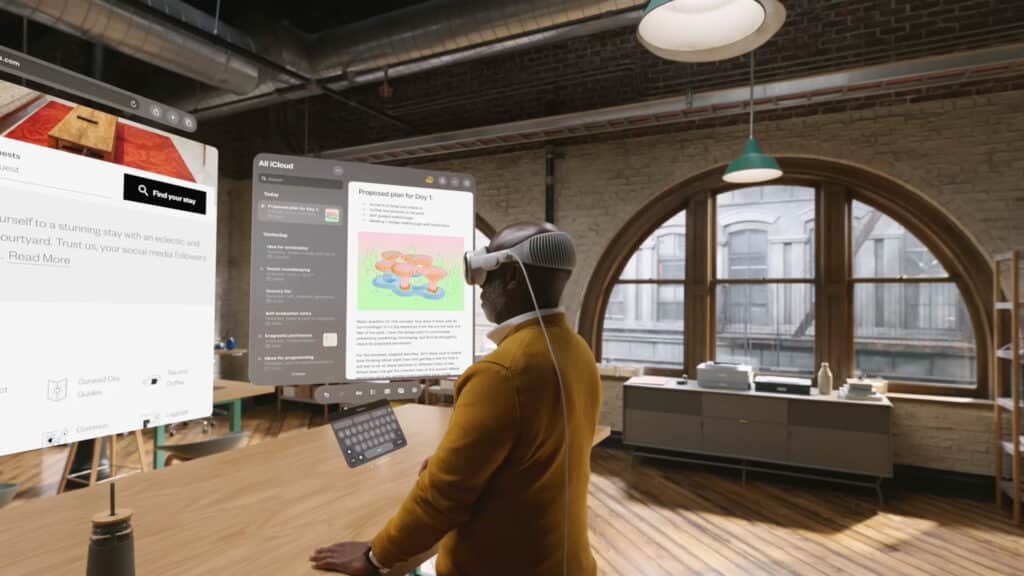
While this lower-priced model aims to capture a wider audience, Apple remains committed to its premium segment with plans for a Vision Pro successor in 2026. This future version will likely feature a more advanced chip, enhancing performance while retaining its position as Apple’s flagship AR/VR offering.

Strategic Response to AR/VR Market Trends
Apple’s shift comes in response to a growing competitive landscape, with companies like Meta dominating the more affordable AR/VR headset market. While the Vision Pro introduced Apple’s cutting-edge approach to spatial computing, the industry’s competitive pricing has prompted Apple to adjust its product line to cater to a broader range of consumers. By introducing a mid-tier headset, Apple aims to secure a greater share of the rapidly evolving AR/VR market, making mixed reality experiences more accessible without sacrificing quality.
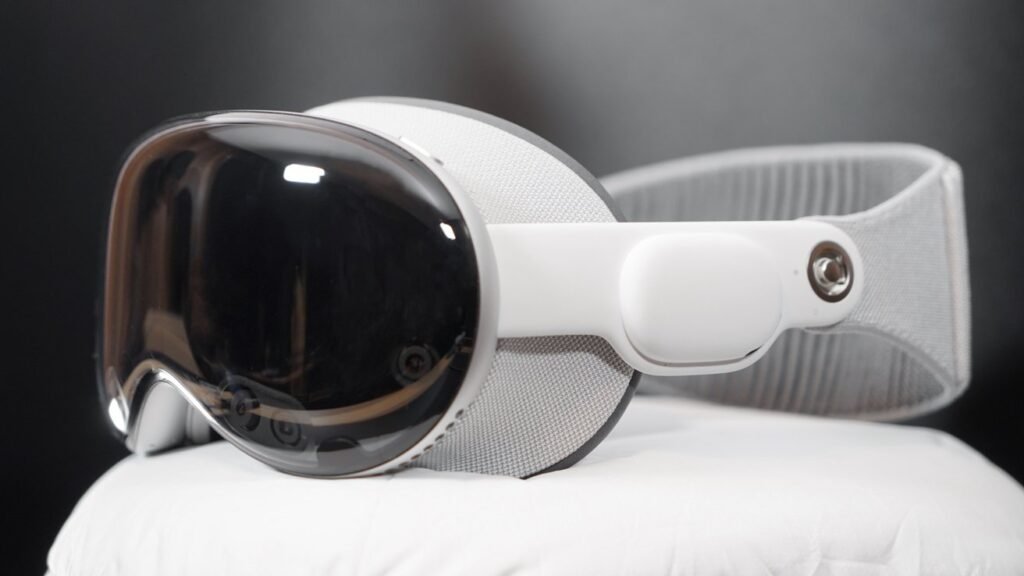
The shift to diversify its product range highlights Apple’s pragmatic approach to balancing technological innovation with market realities. With Meta’s Quest 3 expected to retail at around AED 1,650 ($449), Apple’s price adjustments reflect a strategic move to compete more effectively against lower-cost AR/VR headsets, while also reinforcing its premium status with plans for an advanced Vision Pro update in 2026.

Production and Component Adjustments
Feedback from three Apple suppliers indicates that while components for hundreds of thousands of Vision Pro units were initially produced, the company has scaled back due to decreasing demand. The current production output is aligned with the anticipated sales volume, with ample inventory to meet immediate demand without surplus manufacturing. This balance allows Apple to avoid overproduction while preparing for future expansions with newer, more competitively priced models.



